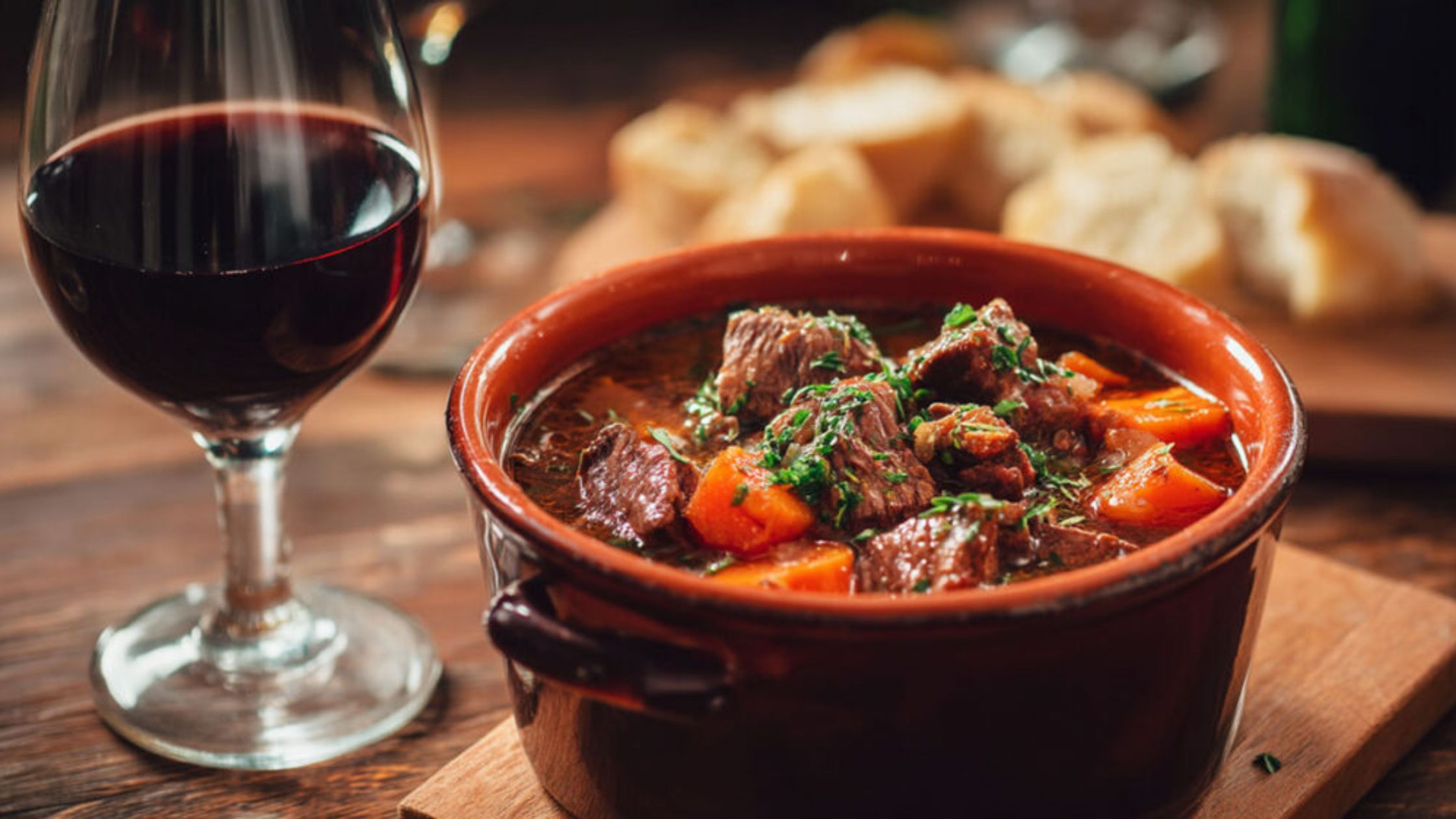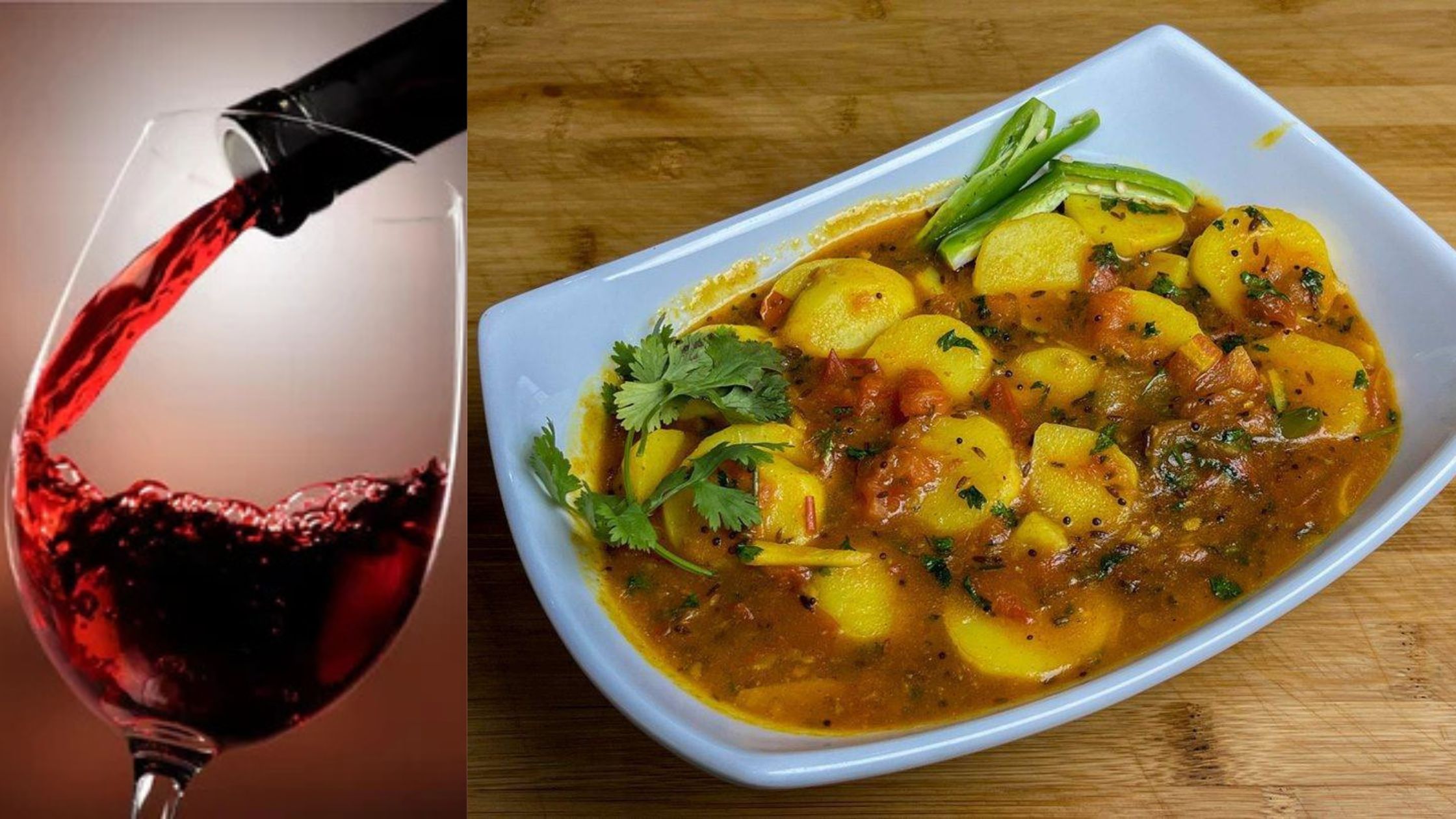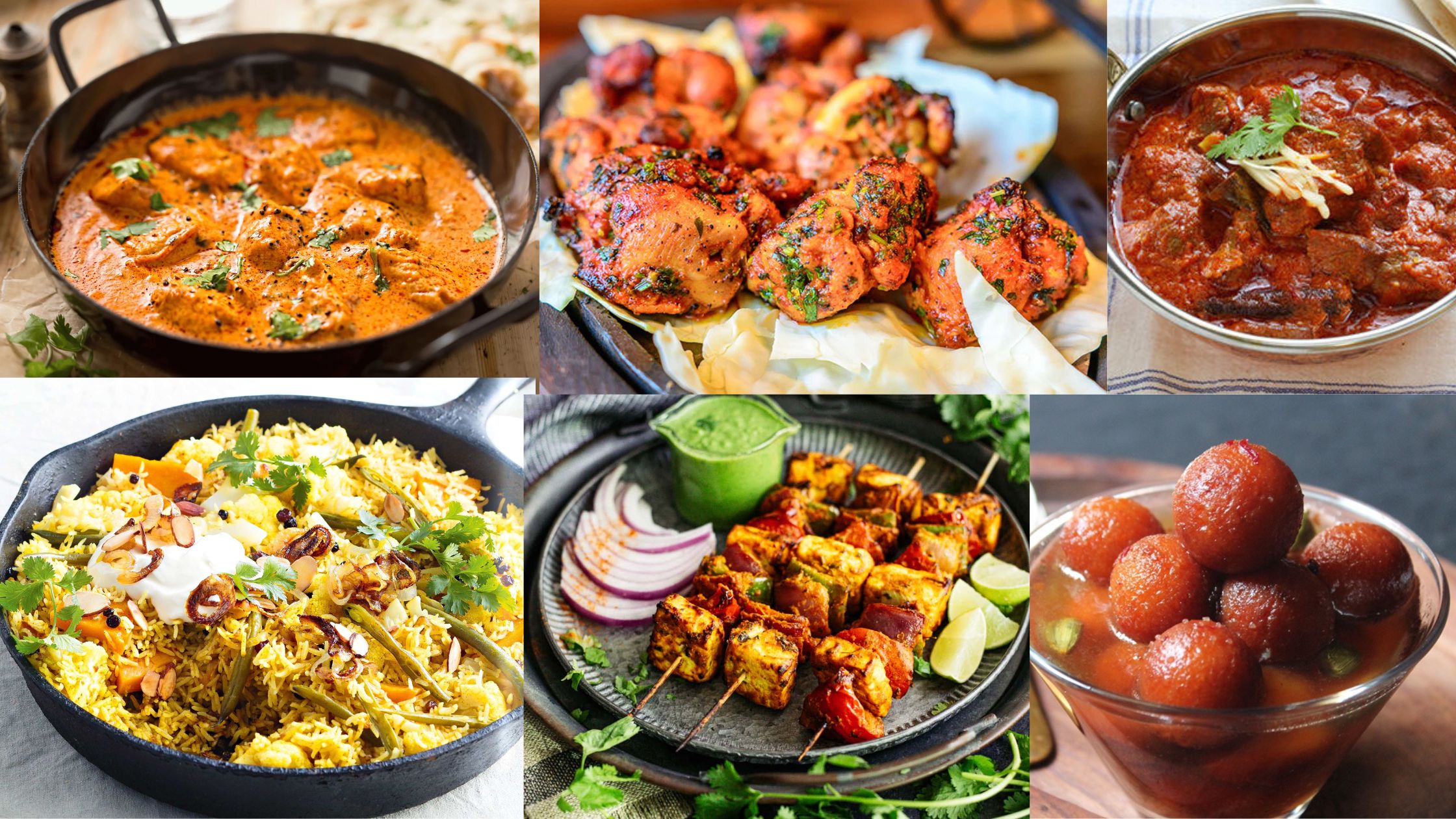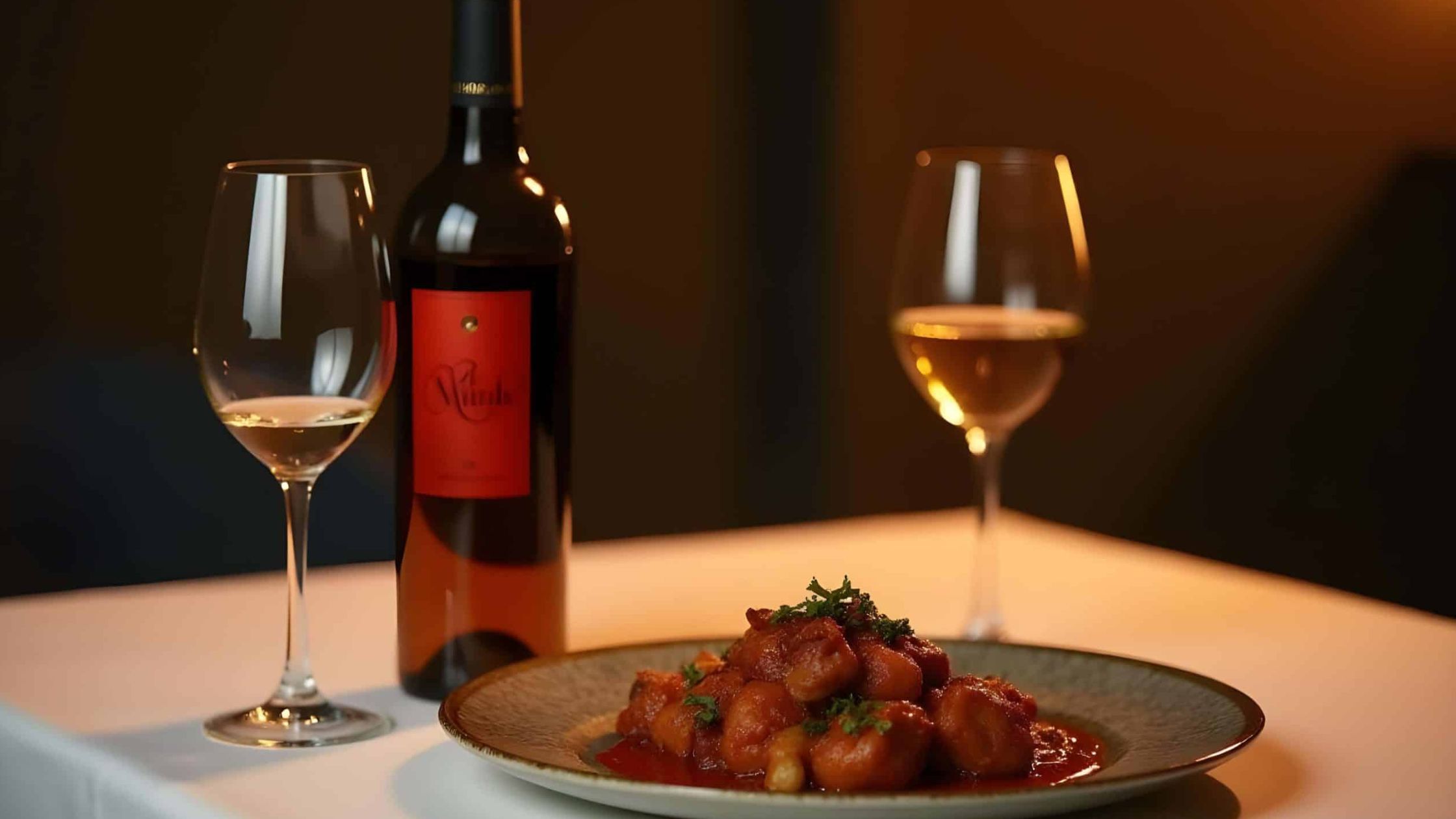Indian food represents one of the world’s most exciting and enviable culinary traditions. It is a colorful collage of fragrances, flavors, and cooking traditions shaped by centuries of deliberate choices. Whether it’s the luxurious, velvety mouthfeel of butter chicken, the smoky reason for craving a tandoori kebab, or the subtle layers and fragrant notes of biryani, Indian food is always complex. Each dish is deliberately concocted to masterfully articulate balance—asymmetry between spice and sweetness, heat and creaminess, char and freshness.
Traditionally, Indians cooled their palates with lassi or buttermilk, and to some extent, in some neighborhoods, beer. In some parts of the country, culturally and religiously, eight of every ten or more dinners did not involve alcohol at the dining table. As of late, the conversation of wine and Indian food is becoming more serious. Sommeliers across London, New York, and Mumbai are intentionally pairing wine with Indian food to prove that wine is not only compatible with Indian food but can also elevate it.
Still, pairing wine with Indian cuisine isn’t always straightforward. The old European rule of “red with meat, white with fish” falls flat when you’re looking at dishes that combine yogurt, chili, ginger, turmeric, and cardamom in one bite. But once you understand how acidity, sweetness, and tannins interact with spice, wine becomes a natural ally to Indian food.

Why Wine Works With Indian Food
At the core of Indian cuisine is balance. It's a misconception of many from the outside, so it isn’t just heat from spices. Spices add layers of fragrance (like cardamom and, cinnamon), warmth (like cloves and black pepper), and freshness (like coriander and mint). The pairing wine should highlight those layers of flavor, not fight them.
- Acidity cuts through richness. Think of butter chicken or malai kofta—dishes heavy with cream and butter. A crisp, acidic white wine refreshes the palate and prevents heaviness.
- Sweetness softens spice. Off-dry wines like Riesling tame chili heat while amplifying aromatic spices.
- Tannins complement smoky notes. Tandoori chicken, kebabs, and char-grilled paneer pair beautifully with reds that bring subtle tannins and spice.
- Bubbles bring joy. Sparkling wines echo the crunch of pakoras and balance the tangy zest of chaat.
Wine, in short, acts as a bridge, refreshing your palate while enhancing flavor intensity.

Understanding Indian Flavor Profiles
To pair wine well, it helps to group Indian dishes into flavor families:
- Creamy & Rich: Butter chicken, kormas, and malai kofta - Needs acidity and slight sweetness.
- Spicy & Fiery: Vindaloo, Chettinad curries - Need lower alcohol, fruit-forward wines.
- Smoky & Grilled: Tandoori chicken, kebabs - Medium-bodied red wines with a spicy note will work.
- Herbal & Earthy: Dal, palak paneer, aloo gobi - Crisp whites or light red wines with herbal notes.
- Fragrant & Sweet: Biryani, coconut curries, and Indian desserts - Use semi-sweet or sweet wines.
This framework makes wine pairing less intimidating and more intuitive.

Best Wine Pairings for Popular Indian Dishes
Let’s match some classics with wines that bring them to life:
- Butter Chicken (Murgh Makhani)
- Why it works: Creamy tomato base + gentle spices.
- Wine: Unoaked Chardonnay (for freshness) or an off-dry Riesling (to balance creaminess).
- Chicken Tikka Masala
- Why it works: Smoky grilled chicken in tangy tomato gravy.
- Wine: Pinot Noir or Grenache—both fruit-driven, soft, and spice-friendly.
- Lamb Rogan Josh
- Why it works: Rich lamb + warming spices.
- Wine: Syrah/Shiraz with peppery notes; Cabernet Sauvignon if you want structure.
- Goan Prawn Curry (Coconut-based)
- Why it works: Coconut cream + chili heat.
- Wine: Viognier or Gewürztraminer with floral, tropical notes.
- Vegetable Biryani
- Why it works: Aromatic herbs, saffron, layered spice.
- Wine: Dry Rosé—crisp, refreshing, and versatile.
- Paneer Tikka
- Why it works: Smoky char + mild, creamy paneer.
- Wine: Zinfandel or Tempranillo for smoky fruit balance.
- Dal Tadka / Aloo Gobi
- Why it works: Earthy lentils and spiced vegetables.
- Wine: Sauvignon Blanc, herbaceous and zesty.
- Vindaloo (Chicken or Lamb)
- Why it works: Hot chili + vinegar tang.
- Wine: Off-dry Riesling or Moscato to soothe the heat.
- Tandoori Chicken
- Why it works: Smoky char + spice rub.
- Wine: Malbec or Carmenere with juicy fruit and soft tannins.
- Indian Desserts (Gulab Jamun, Rasmalai, Kheer)
- Why it works: Sweet, fragrant, milk-based.
- Wine: Late Harvest Riesling or Moscato d’Asti—honeyed but balanced.

Beyond the Classics: Expanding the Pairing Table
Indian food is far more diverse than just North Indian curries. Here are some additional pairings:
- South Indian Dosas & Sambhar: The tangy, tamarind-heavy sambhar finds harmony with a Chenin Blanc or Albariño.
- Seafood from Kerala (Meen Moilee, Fish Curry): Coconut + curry leaves pair beautifully with Grüner Veltliner or Pinot Grigio.
- Chaats (Pani Puri, Bhel Puri, Sev Puri): The crunch, tang, and spice of street snacks go perfectly with a Prosecco or an off-dry Sparkling Rosé.
- Kebabs & Seekh: The smoky, spicy richness pairs with Rioja Crianza or a juicy Australian Shiraz.
- Festive Meals (Diwali feasts, weddings): Rich spreads call for versatile wines like Rosé Champagne, which works across multiple dishes.
Also Read: Perfect Wine Pairing Tips for Every Meal
Practical Tips for Pairing Wine With Indian Food
- Go lower in alcohol (11–13%). High-alcohol wines amplify chili heat.
- Look for a touch of sweetness. Residual sugar = spice-friendly.
- Acidity is your friend. Cuts through rich curries.
- Don’t fear bubbles. Sparkling wine is perfect for snacks and starters.
- Skip heavy oak. Vanilla-heavy wines clash with spice complexity.
- Think balance, not rules. Match intensity and texture, not just “red vs white.”
Serving Tips: Getting the Most Out of Wine & Indian Food
- Temperature matters. Chill whites slightly more than usual (8–10°C) for a refreshing effect with spice. Serve reds a touch cooler (15–16°C) so tannins don’t feel harsh.
- Glassware choice. A universal wine glass works well, but for aromatic whites (like Riesling, Gewürztraminer), a narrower bowl preserves floral notes.
- Pour size. Smaller pours work best—Indian food often involves multiple dishes, and switching wines keeps the experience lively.
- Experiment at home. Don’t be afraid to open two contrasting bottles (say, a Riesling and a Syrah) and see which works best with your spread.
Modern Trends: India’s Own Wine Story
Adding to the interest of this pairing conversation is that India is also a wine producing country! Along with the vineyards popping up in Nashik (Sula, York, Vallonné), Bangalore (Grover Zampa), and Maharashtra (Fratelli), whose wines are being made for Indian consumers, you'll find many of these wines to be crisp whites and slightly sweet rosés—wines that complement Indian food great.
Alongside wines made here in India, Michelin-starred Indian restaurants worldwide are shaking up wine lists, too. For instance, in London, Gymkhana's sommelier might pair a Riesling Kabinett with your kebab platter, while in New York, Junoon has been pairing Bordeaux reds with lamb curries for some while. Street food inspired pop ups are also serving pani puri paired with rosé and pét-nat.
This is not fusion—this represents recognition that Indian food can live alongside global wines.
FAQs: Wine & Indian Cuisine
- Can you drink red wine with spicy Indian curries?
Yes—just avoid heavy, high-tannin reds. Lighter reds like Pinot Noir, Grenache, or Carmenere work beautifully.
- Which wine works best with vegetarian Indian food?
Crisp whites like Sauvignon Blanc or Chenin Blanc complement herbal and earthy dishes. Light reds like Beaujolais also pair well.
- Are Indian wines good with Indian food?
Absolutely. Many Indian wineries intentionally craft food-friendly wines with bright acidity and subtle sweetness. Try Sula’s Riesling or Grover Zampa’s La Réserve.
- Is sparkling wine a good choice for Indian meals?
Yes—especially with snacks and fried starters. Prosecco, Cava, or even Champagne balance tangy chaats and pakoras.
- What’s the biggest mistake people make when pairing wine with Indian food?
Choosing wines that are too oaky, too high in alcohol, or too tannic. These overpower the spices rather than complement them.
Final Thoughts: A New Way to Experience Indian Cuisine
Once upon a time, pairing wine and Indian cuisine would have seemed completely improbable. However, right now, conventional wisdom is turned upside down, and such an unlikely pairing is now one of gastronomy's most exciting dialogues. We think that one thoughtful pairing can not only complement flavors but actually change them—in particular highlighting flavor notes that may be muted otherwise.
So next time you find yourself sitting down with a hot bowl of dal or a smoky tandoori platter, order a glass of select wine instead of the predictable beer, and see if you can unlock a new world that pairing Indian cuisine with wine creates. You might just discover that Indian food and wine are not mismatched but rather destined partners.
Also Read: How Do I Choose the Right Glassware for Different Cocktails?
Auther : Kavita Sharma – Barware & Mixology Writer
Kavita Sharma is a barware and mixology writer with 6+ years of experience. She offers practical tips on cocktail tools and accessories for home bars.





